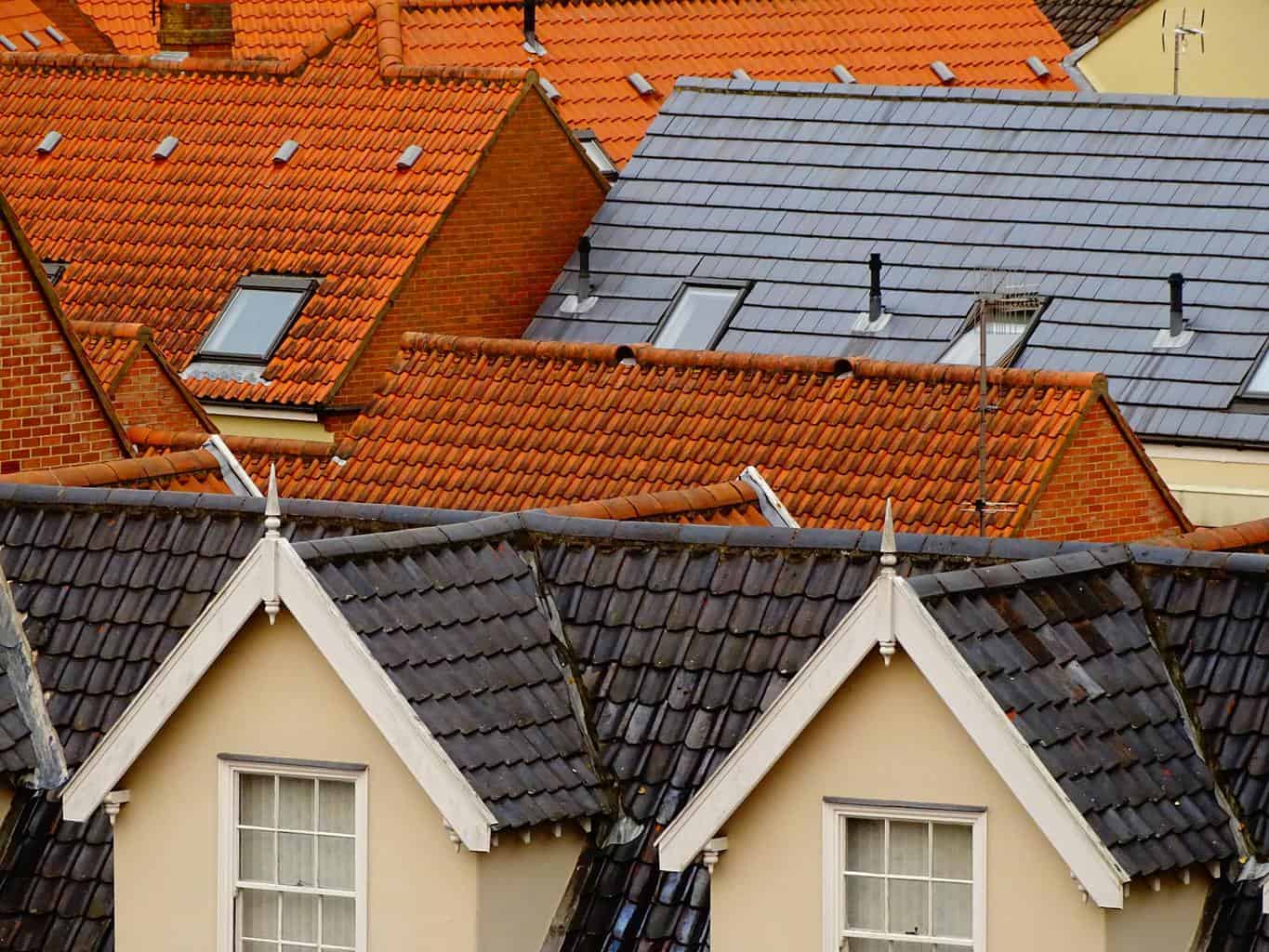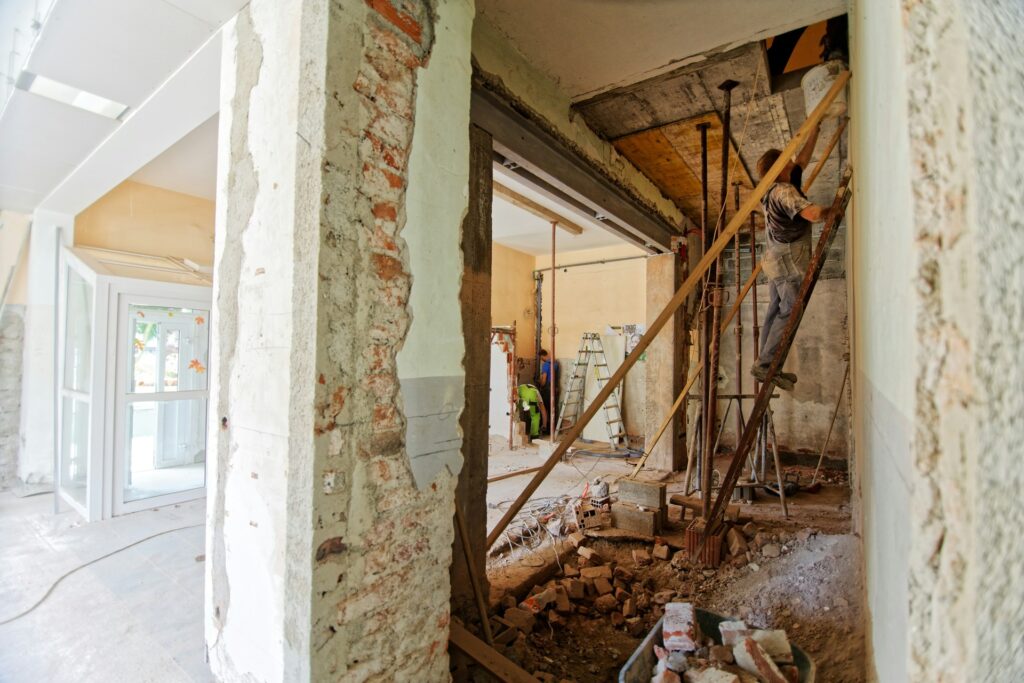
We are reader-supported. When you buy through links on our site, we may earn an affiliate commission.
Roof leaks are a natural part of homeownership. Ordinarily, you don’t notice them until they leave water stains in your house. Even a small crack can cause extensive damage, so it’s critical to identify the problem and know how to fix a roof leak right away.
Luckily, fixing the issue is usually pretty easy. The key is to remedy the situation immediately to save yourself an expensive repair bill. It costs roughly $375 to $800 to have your roof professionally repaired, but those costs can vary significantly based on the complexity of the problem and roof type.
A single leak can cause mold, rotting and destruction to your insulation, ceiling and walls. That’s why it’s so important to learn how to fix a roof leak.
Take Safety Precautions
Before jumping in to how to fix a roof leak, remember that roofing work is physically demanding and can be extremely dangerous. Before beginning repairs, take proper safety precautions, and utilize protective gear to reduce the risk of injuries.
Identify the Leak
It’s typical for rain to enter a house near sections where objects penetrate the roof. These areas include chimneys, vents and dormers, and should be the first place you check for a leak.
Look at the water damage inside your home and evaluate where the equivalent spot would be outside. Once you have an idea of the general location, look for projections higher than that position. Gravity causes rain to roll down the planes of your residence, so the damaged area might be further up compared to the internal marks.
Use the Hose
If you are struggling to find the leak and have an attic, then it’s time to use your hose. Ask someone to assist you by looking in the attic as you spray the roof. Start in the location where you suspect the damage is and soak the area. This may take some time, so be patient and remain methodical.
When your helper shouts from indoors, you’ll have narrowed down your search zone. Examine the space for cracks or damage. If needed, pull back shingles until you see evidence of the leak. At this stage, you can trace the water stains back to the source. Discolored felt paper, watermarks and rotten wood are all indicators that you have found the origin of the leak.
Repair Plumbing and Roof Vents
Vents are made of metal or plastic. Inspect the base of the vent to look for cracks or broken seams. If a roof vent is damaged, then replace it and use rubber-washered screws when installing. If any nails are remaining, loosen them so they can be removed and replaced with the same screws as the install. Secure the shingles to the vent with a thick bead of caulk to lock them in place and create a liquid barrier.
If examining a plumbing vent, survey the condition of the rubber boot that surrounds the pipe. It may be torn or rotted away, which would allow rain to make its way into the ceiling. If the unit is damaged in any form, then replace the entire vent boot. If it’s still in decent shape, leave it in place, but swap out the nails for rubber-washered screws.
Secure Dormers and Walls
Water can worm its way into your residence through more areas than just your roof. Rotted siding or dormer wall fissures offer the perfect opening for moisture to seep indoors.
Caulk often secures areas between windows and siding, and when that silicone gets old and breaks, water can flow through the cracks. Evaluate the caulk and replace it if needed, making sure that it adheres fully. Dig out any questionable silicone to ensure adjoining surfaces are resealed.
Replace Step Flashing
Occasionally, step flashing begins to rust and needs to be changed. Remove shingles and pry siding loose as required for access. Online, free step-by-step guides are available on how to install flashing. These resources make installation easy and straightforward.
Fix Minor Holes
Small holes may exist in your shingles from old mounted devices. Patch these holes using flashing. Do not try to fix a cavity by injecting silicone inside.
Finishing Touches
Now you’ve learned how to fix a roof leak. After you’ve remedied the issue, you can enjoy your home once again without fearing widespread damage. If there’s sufficient moisture remaining in the room, use a dehumidifier or fan to dry out the area. The next time it rains, check your ceiling to make sure no water enters.
As long as everything remains dry, you can confidently paint over the watermarks. You’ve successfully fixed your roof, and the next time it rains, be confident there will be no more leaks.










